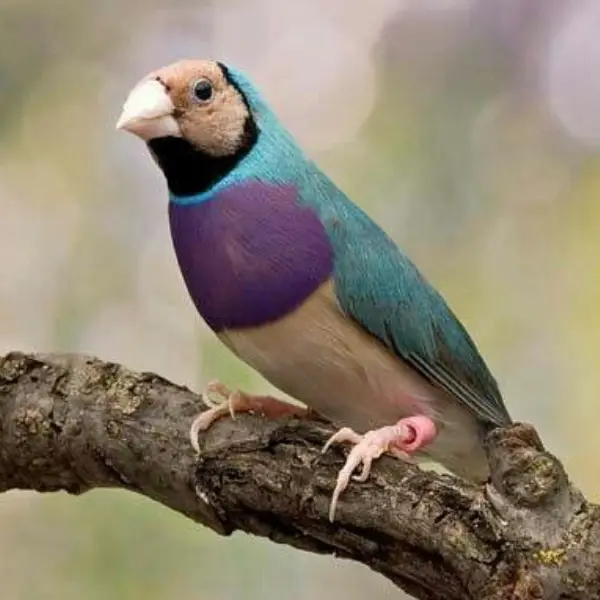-
×
 Blue Gouldian Finch
1 × ₨ 20,000
Blue Gouldian Finch
1 × ₨ 20,000 -
×
 Blue Star Finch
1 × ₨ 20,000
Blue Star Finch
1 × ₨ 20,000
Subtotal: ₨ 40,000
Free shipping order over 20,000
 Blue Gouldian Finch
1 × ₨ 20,000
Blue Gouldian Finch
1 × ₨ 20,000  Blue Star Finch
1 × ₨ 20,000
Blue Star Finch
1 × ₨ 20,000 Subtotal: ₨ 40,000
₨ 43,750 Original price was: ₨ 43,750.₨ 35,000Current price is: ₨ 35,000.
Size:
Approximately 30 to 35 cm (12 to 14 inches) in length.
Weight:
Around 100 to 130 grams (3.5 to 4.6 ounces).
Color:
Beak:
Strong and short, usually orange or red.
Eyes:
Dark eyes with a noticeable ring around them.
Legs and Feet:
Grayish or brown, with zygodactyl toes for climbing.
Important Keys:
Habitat
Distribution:
The Rubino Rump Rosella, being a color mutation of the Green Rump Rosella, is bred in captivity. The Green Rump Rosella is native to southern and eastern Australia.
Environment:
In captivity, Rubino Rump Rosellas require a spacious aviary or large cage with room to fly, climb, and explore. They benefit from having perches, toys, and opportunities for mental stimulation.
Diet
Primary Food:
In captivity, their diet should include high-quality pellets, seeds, fresh fruits, vegetables, and occasional protein sources like boiled eggs.
Feeding Behavior:
Rubino Rump Rosellas are active foragers. They use their strong beaks to crack seeds and enjoy exploring their food in their environment.
Breeding
Breeding Season:
In captivity, they can breed year-round. In the wild, their breeding season typically occurs from September to January.
Nest Location:
They use nesting boxes in captivity, which should be appropriately sized and lined with suitable nesting material.
Egg Quantity:
Clutches typically consist of 4 to 6 eggs.
Incubation Period:
The incubation period lasts approximately 18 to 21 days.
Fledging:
Chicks fledge around 6 to 8 weeks after hatching.
Lifespan
In Captivity:
With proper care, Rubino Rump Rosellas can live up to 15 to 20 years.
Behavior
Temperament:
Rubino Rump Rosellas are lively, social, and active birds. They enjoy interacting with other birds and their human caregivers.
Social Interaction:
They are affectionate and thrive on interaction. They enjoy handling, playing with toys, and exploring their surroundings.
Vocalization:
They produce a range of sounds including chirps, whistles, and occasional squawks. Their vocalizations are generally pleasant and moderate in volume.
| color | blue, grey, green, violet, white, yellow |
|---|
Sign Up for Exclusive Birds Care Tips and Offers from Phool Panchi
© 2024 Phool Panchi | Developed By v3Studio
 Blue Gouldian Finch
1 × ₨ 20,000
Blue Gouldian Finch
1 × ₨ 20,000  Blue Star Finch
1 × ₨ 20,000
Blue Star Finch
1 × ₨ 20,000 Subtotal: ₨ 40,000
WhatsApp us
Reviews
There are no reviews yet.